One Name, Two Games: Virtual Magic Kingdom
How one doomed project changed Disney, then came back twice Edition 2 | Last Updated 8 Dec 2021Carrying the Torch
We imagined that Walt Disney designed the parks to fit in these nice, easy, comparable kind of lands. But it wasn’t, it was more organic. It evolved over time.
Terry Dobson
The way history tells it, Walt Disney achieved peak “virtual reality” with Disneyland – a park where countless stories live right next to each other, smartly segregated within lands of unique themes. Of course, Walt never lived to see video games, the Internet, or the IP-driven media landscape as we know them today.
But despite the need for commercial partnerships, plus several factors that threatened to spoil the illusion, Disneyland became a permanent American institution, and as the film studio behind it floundered in the following decades, the company was kept afloat by the theme park business.
And central to its lasting success was an elite and elusive team known as Walt Disney Imagineering. Think of them like Hollywood’s version of the U.S. Army Corps of Engineers – doing impossible technical feats in projects for the benefit of the public.
These Imagineers carried on the success of Disneyland with steady growth, including new parks in Florida and Japan and France, plus a constant flow of new attractions, following a simple edict of Walt’s: “Disneyland will never be complete.”
The rest of the company took until the late ’80s to catch up, when Imagineering’s headquarters in Glendale, California – down the road from the studio’s Burbank headquarters – soon saw some family moving in around them. It was in a nondescript business park fashioned from the former Grand Central Airport, and Feature Animation was forced to move in for much of what became the Disney Renaissance.
And soon to get its own space was a small unit within the newly-renamed Walt Disney Company, nestled somewhere in the hierarchy between TV and consumer products.
On Ground Level
Michael Cukar applied straight out of Cal State Fullerton. With his degree in illustration, this was his first step into the industry. Walt Disney Computer Software – billed simply as Disney Software – was interviewing for a small unit out of the Disney Channel building in the Glendale business park. Only a handful of artists were hired at that point.
Disney Software wasn’t much more than a separate office for licensing when it started in 1988 – the company had already put its name out there in gaming as early as Nintendo’s Game & Watch. But this unit was riding the early wave of the Console War.
In 1993, Disney released tie-in games for Aladdin. The Genesis/Mega Drive version – developed by Virgin Games – was given massive press attention for being a collaboration with a select team of Disney feature animators, and the momentum was definitely enough to convince management to start developing games in-house.
The new staff was broadly split into “Edutainment” and “Console” teams.
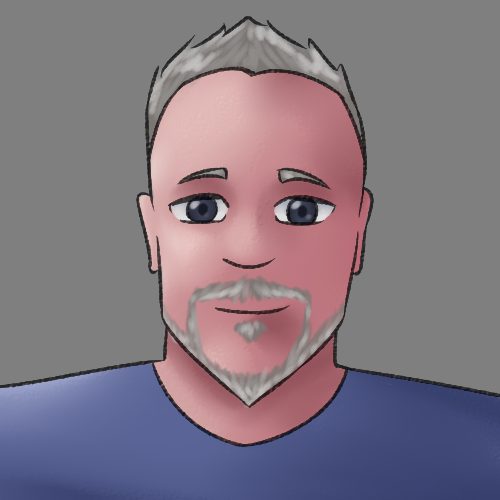
I was supposed to report to somebody who had done these types of things before, and that person never materialized. So I was faced with the option to take on the lead role of the Animated Storybooks and the Activity Centers, which were the first generation coming out.
Cukar’s counterpart in the Console unit was John Fiorito, a graduate of ArtCenter College of Design, who became the art lead on Maui Mallard, the first new in-house game to begin development. Early on in the process, Cukar and Fiorito were tied up in helping recruit artists to work with them.

Every week, we were interviewing 2-3 artists. New artists, new artists, new artists. I was fortunate enough to be on the portfolio review group that was looking at artists coming in. And we were trying to compete. I was trying to pull as many people in from Cal State Fullerton as I could, and John was pulling as many ArtCenter people as he could.
Within the next two years, the division outgrew its space, and it was both relocated and reorganized. Announced on December 5, 1994, Disney Interactive was about the last in a string of in-house game units within major film studios, preceded the same year by Universal Interactive, Fox Interactive, and Viacom New Media.
Right away, Disney’s game titles were garnering acclaim, from the novelty of the Animated Storybooks to the quality of the tie-in to The Lion King.
By the time of the first annual E3 in 1995, Disney Interactive had a growing operation, and they were taking risks – including recruiting right on the showfloor.
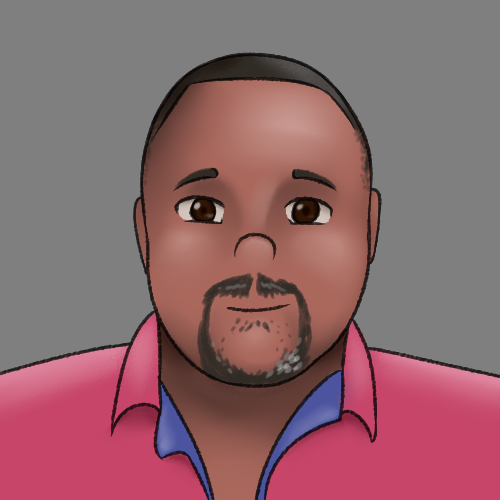
I came in just weeks before E3. They were looking for testers to show off games at E3, and I interviewed with Jeff Blattner, who was the manager of the Test Department at the time. And I had no experience whatsoever. I had been in California from New York about four days.
My sister just happened to know Jeff, and said, “My brother’s coming to town. You want to give him an interview?”
“Sure.” And he asked me “What games do you play?”
“Wolfenstein, and a couple other ones.”
“See you Monday.”
Chip Beaman first worked in quality assurance for Maui Mallard and the Toy Story tie-in, before moving up into project management and production.
Little did the team at that point know, but something was being put in the works for them.
Laser Beam Focus
Terry Dobson grew up in England, but as far as he was concerned, he wanted to be American. His favorite series was Batman – the late ’60s series – imported to the UK in syndication. As part of the influx of American culture he immersed himself with growing up, it helped drive him to eventually move overseas.
His path to Disney was somewhat different, having gone to Yale as an international graduate student, and had a fluke opportunity to pitch a pavilion concept to Disney. From there, he shaped up his portfolio and entered a series of six interviews to join Disney Imagineering.
He ultimately started in January 1991, around the same time a Disney Villains store was opened in Disneyland, following the success of Villains in Vogue at Disney-MGM Studios, as well as final construction on a controversial new Disneyland in the suburbs of Paris. Right away, Dobson took on his own ethos.
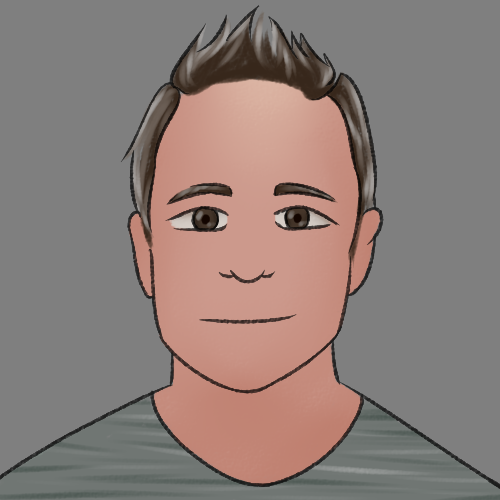
I quickly got the idea that you just gotta volunteer for the projects no one else wants, right? The ones with no budget, no time, ridiculous deadline. And so I volunteered, and I actually got experience making stuff. That got me on the map.
His major accomplishment at that point was working on six concurrent shows for Innoventions at Epcot, which launched in 1994. Afterwards, he found himself looking for a new challenge.

At that time, Disney was just the last studio in Hollywood to announce an interactive division. And they were looking for people. They’re like, “Hey, has anyone in Imagineering made games before?”
I’m like, “Hey, I made a crazy mini-golf course when I was a kid in my backyard.”
They’re like, “Hey, come on over. You’ve got more experience than we have.”
The man that brought him over was Kendall Lockhart, head of creative development, and effectively the middle-boss of Disney Interactive. This meant Dobson had two offices, and Lockhart shared his leash with Marty Sklar and Ken Wong at Imagineering, and there was a very specific reason for that.

CD-ROM was just kind of burgeoning, and that was the medium of choice. And so, off we went with these pitches for, “Right, what would be the CD-ROM titles based on theme park properties?”
And that was the key. That was how Imagineering got a seat at the table, right? Otherwise, they wouldn’t have been interested. But the only way they got to play, in monetizing theme parks, was if they included Imagineers. And so I was the lucky Imagineer.
It was a few times in my tenure at Disney, where the laser beam of the company’s focus – I was, like, so close to it. It’s always moving, right, ‘cause there’s all these different, like, products and divisions. And I was close to it, so it was like really kind of amazing to be there at that epicenter at that time, and get to, kind of, go up and pitch.
So Dobson was brought over to pitch games, specifically games that involved the theme parks in some form. The one fateful pitch that would start this whole sequence of events started off simple and personal.

I said, “Look, I grew up in the ‘70s with the TV show Batman. [In] my favorite episode, all the villains ganged up against Batman. What if, same thing at Disney, and all the villains got together one night, and just wrecked havoc across the park, right? And you had one night to right those wrongs before the guests arrived the next morning, and it became the ‘Unhappiest Place on Earth’?”
And that was the pitch in a nutshell, right? People loved it, ‘cause it just used the lingo, it used the nomenclature, of the park that we know. And a good idea should be as simple as that – you can pitch it and people get it.
So you’re cross-triangulating between these other ideas – Batman, the villains – and now you can think of the whole park, and we’ve got heroes and villains, and there’s a whole park full of them. All the villains get together.
The idea of villains teaming up wasn’t all that far-fetched. Fantasmic! opened at Disneyland in 1992, with the concept of Mickey dreaming about several Disney stories that unravel into a villain team-up. The next year, the informative book The Disney Villain was penned by the veteran-animator duo Ollie Johnston and Frank Thomas, outlining the process of designing every villain up to that point of the Disney canon.
In fact, some rumors persisted that Dobson had been pitching villain-related ideas at Imagineering well before this.
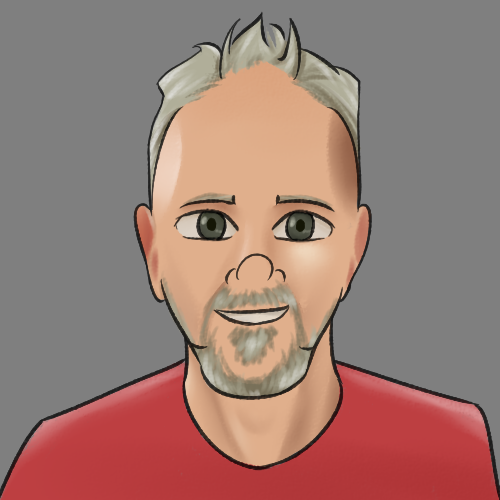
Halloween theme park events were getting big at Universal Studios and Disneyland. The “villains’ revenge” storyline was concepted at Imagineering. It really wasn’t going anywhere. Terry was pitching games at Imagineering, and that wasn’t really going anywhere either. So he headed over to meet Kendall, and pitch Kendall on an Imagineering-type project.
Kendall wanted to pair him with somebody – this is my understanding – who had a bit more of a Disney Interactive background, and – I’ll just say it – was maybe a little more Kendall-centric, and partnered him with Kyle Kosloff. And they developed the VMK game concept.
Disney, of course, were hearing plenty of pitches throughout the company. Starting in earnest with Who Framed Roger Rabbit and continuing through the Disney Renaissance, animation was “cool” for the first time in decades, and that meant Disney were in a prime position to regain control of the market through nostalgia.

And so at the same time, you gotta imagine – concurrent ideas being developed at Disney Interactive, right? Concurrent Mickey Mouse, concurrent everything. I mean, this was the moment where everybody was milking everything they could. And for every franchise– leasing every– to, like, the Sega Genesis and Nintendo, right? They were just like, leasing them. Just go do it, right?
And then you go to Consumer Products. You’d walk in and see a display [of] dog food with Pluto on it. I mean, it would be like, do you know what I mean? Like, Pedigree chum dog food, and it had the Disney dog. So everything was about, like, let’s get this now. Let’s milk this Consumer Products thing and just ride it, as quickly as we can.
And indeed, this wouldn’t be the first Disney Interactive title to center around a Disney theme park. The Walt Disney World Explorer, developed by Mindsai Productions, was developed around the same time. Released with two editions in 1996 and 1998, it was a relatively simple interactive guide to Walt Disney World, focused on spoken trivia over slideshows of attraction photos.
However, for a project of this new game’s magnitude, there were two groups of people that needed to be convinced.
The Pitching Process
First off, it had to reach the chief executives at Disney. This project merging theme parks and video gaming was large enough in scope that it had to penetrate through the corporate hierarchy.
By this time, Jeffrey Katzenberg had left Disney, and the vacant position of president left by the late Frank Wells was given to Michael Ovitz from Creative Arts Agency. Those two executives heard every pitch reaching in the million-plus-dollar range, and Disney Interactive was sending quite a few.
On the front lines, Gregor Joackim – a USC graduate in screenwriting starting out in PA work – started his job at DI in the hotseat, preparing pitch boards for the two Michaels.
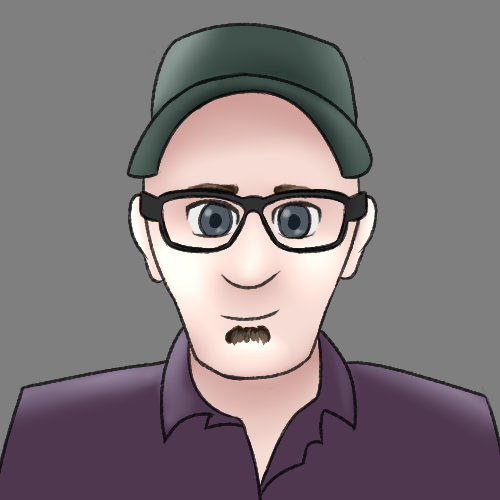
In a weird way, I guess, because I didn’t know much about interactive, I didn’t identify the issue then, but many of these projects existed in this weird la-la-land, where they kinda were throwing millions of dollars at it, with a soft greenlight, but they weren’t making a game, they were making a pitch. It was a lot about smoke and mirrors, and presentation. So there really was an important emphasis on presentation.
I was in charge of the pitch boards, which I didn’t think much of at first, but actually turned out to be, like, one of the critical things that get something greenlit.
During this phase of Disney Interactive, Joackim prepared boards for two additional projects – tie-in games to films from Disney’s mature-audiences offshoot Hollywood Pictures. The first one, for the film Crimson Tide, fizzled out quickly with a lack of direction and technology to use. The second one, for the film The Rock, went forward a bit further once the pitch boards got more sensible.
As for this idea cooked up by Terry and Kyle, the pitch was a success by all accounts.
Dobson demonstrated in our interview some low-key gestures conveyed to him that were necessary to choreograph the pitch to the two Michaels, but the promise of a collaboration within the company to reimagine the theme parks in an interactive setting was a winning formula. Plus, the story was tantalizing.
Once the pitching succeeded, however, there was another figure to overcome.
Keeper of the Stories
When you read about Disney crossover initiatives in the tail-end of the Renaissance era, you’re bound to find an objection from Roy E. Disney, then-chairman of Feature Animation.
His persistent rationale, as many reported, was that crossing the stories would dilute their integrity. In a sense, his view aligned well with anecdotal opinions of his uncle Walt, who designed Disneyland with theme segregation in mind, and in legend threw a fit over a cowboy being seen in Tomorrowland.

[Roy], up until that point, kind of kept all of the mythologies separate. You never pick up a VHS video and get “The Sorcerer’s Apprentice makes an appearance in Cinderella”, right? It wouldn’t happen, it never happened. I mean, for a lot of reasons, there was no reason to make it happen.
Most notably, he would later object to the creation of the Disney Princess brand in 2000. He coaxed a compromise from its creator Andy Mooney that none of the characters could be portrayed being aware of each other.
According to most of the people we’ve interviewed for VMK, Roy was the one person they needed to keep happy. Especially since the decision was made early on to utilize the company’s vast collection of archival material, which was largely divided up among the company’s divisions.
Imagineering’s archives – encompassing every theme park they built – were wide open, thanks to Dobson being their liaison. But as for the broad company Archives and the Animation Research Library, they fell under Roy’s authority.
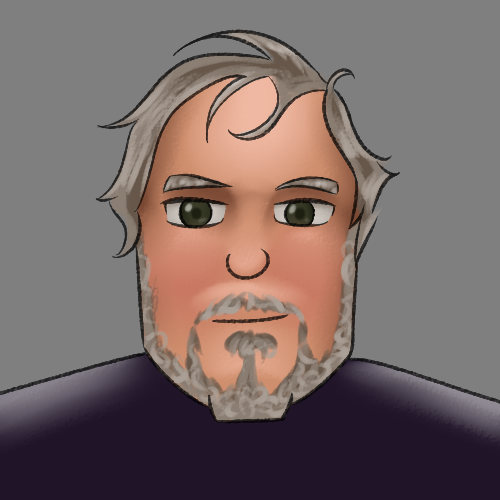
Roy was like, “So what brings you here, Mr. Decker? (laughs) Can I call you Tim?”
“Yeah, you can call me whatever you want, Mr. Disney.”
I was on the hotseat when I had to talk with Roy Disney about using animation for games. That was a real…
He was like, “(sternly) What are you gonna do with it?” and I’m like, “Hey, it’s gonna be pure. Trust me. It’s gonna work.”

Yeah no, we had to get permission from Roy to do it. And yeah, it was a sell job. We were bringing over [Mike Cukar’s] artwork, and we were pitching Roy on giving us [access]. And he went with it. He was fantastic.
Archives at the time still had the paper for line drawings. And we were able to go back to the paper. It’s the only time in my life I’ve seen it – outside of on video tape – where animators are hand-flipping animation paper, so that you can preview animation before you start to photograph it.
So we went back to source material from The Sorcerer’s Apprentice and Fantasia, and brought in the Nine Old Men drawings.

I remember walking down the street with Tim. [He] and I went over to the Archives, and [he was] just like, “This is the best place ever.”

Tim Decker as a 30-something year old animator to be working with Marc Davis’ original drawings? I mean, truly…
Indeed, for every animated film they wanted to pull from, they now had access to virtually everything. They were practically kids in a candy shop.
Thus began the great adventure.